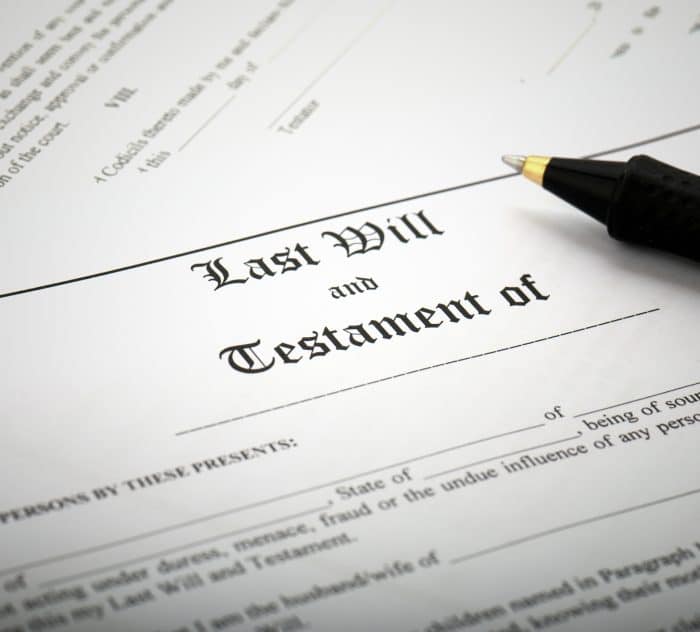The public often has a misconception that in order to disinherit an heir, one must give the heir a nominal gift in the Last Will and Testament, typically $1.00, $10, or some other such minimal amount. A recent North Carolina case shows that a $10 bequest intended to disinherit a niece may have cost thousands in litigation fees.
The rule that one must give an heir a nominal bequest in order to properly disinherit the heir has never been the law in North Carolina, and the perpetual myth often creates problems when such bequests are included in a Last Will and Testament. One recent case illustrating this point is In re Hobgood, an unpublished case by the North Carolina Court of Appeals issued on June 18, 2025. Although the case is unpublished and is therefore not binding legal precedent, the facts of the case present an interesting lesson in the problems of nominal bequests and how they may lead to costly estate litigation.
Here, the decedent signed two wills drafted by an attorney in July 2011, both omitting the decedent’s niece entirely. Nine months later, the decedent handwrote a holographic codicil that changed her estate division and added a $10 bequest to her niece. After she died, the niece filed a caveat against the will and the codicil.
The decedent in the case likely believed that in order to disinherit her niece, she had to leave the niece something, which is why she included the $10 bequest. However, including the niece as a beneficiary of the will caused the niece to be notified of the probate of the will by the Clerk of Superior Court pursuant to North Carolina General Statute § 28A-2A-3 and also caused the executor to reach out to the niece to distribute the bequest. The niece’s notification of the probate file, due to her inclusion as a beneficiary under the will, likely prompted her to file the caveat. Indeed, including the $10 bequest likely insulted the niece, making the caveat more likely. If the niece had instead been left nothing under the will, she might never have learned of the probate file, and therefore might never have filed the caveat.
The attorney preparing the initial wills in this case for the decedent was likely aware of the problems with nominal bequests; it was only when the decedent tried to create her own will that she fell into this trap. The $10 bequest, likely intended to disinherit the niece, ended up costing a lot more in attorneys’ fees and litigation costs than the decedent would have wanted.
Typically, when disinheriting a person in estate planning documents who would otherwise be an heir, it is beneficial to provide in the documents that such heir’s exclusion is intentional so no one can later argue that the exclusion was a drafting error.
This case is a useful reminder of how nominal bequests often cause problems and may lead to litigation, and why having an attorney prepare your estate planning documents, instead of attempting to create your own, often avoids such litigation.



